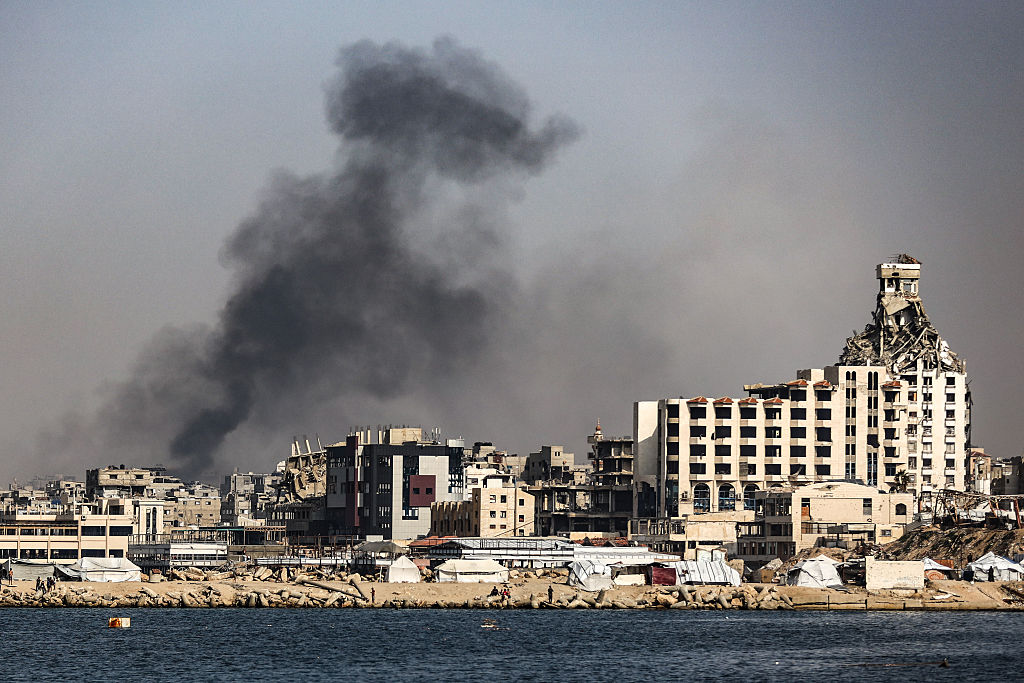On November 17, the UN Security Council approved a United States–drafted resolution backing a “Comprehensive Plan to End the Gaza Conflict,” giving legal weight to parts of Washington’s twenty‑point strategy for the territory. The resolution endorses a Board of Peace as the main transitional authority and authorizes a temporary International Stabilization Force in Gaza to help restore order, protect civilians and open the way for large‑scale aid and rebuilding. Under the text, a Palestinian committee is to manage day‑to‑day governance under the Board’s oversight until at least the end of 2027, after which responsibility is meant to pass to a reformed Palestinian Authority. The plan promises that “Gaza will be redeveloped for the benefit of the people of Gaza, who have suffered more than enough,” but translating that pledge into bricks, bridges and functioning institutions will demand an effort on a historic scale.
Devastation and Reconstruction Cost in Gaza
Even before new building can begin, the sheer level of destruction defines the debate about what is realistic. UN satellite analysis in 2025 indicated that around 77 percent of Gaza’s road network was blocked, damaged or destroyed, making it hard even to move food, fuel and medical aid across the enclave. A UN economic report estimated that more than 174,500 structures had been damaged, from apartment blocks and markets to schools and clinics.
The same report suggested that rebuilding would cost more than 70 billion dollars over several years and warned that the entire population of roughly 2.3 million people faced extreme, multidimensional impoverishment. Gaza’s economy was assessed to have contracted by about 87 percent over the course of the conflict, pushing GDP per capita down to about 161 dollars and wiping out roughly 22 years of growth, with national income metrics falling back to levels last seen in the early 2000s.
Governance and Funding: Who Controls Gaza’s Future?
The US plan places a new international body, the Board of Peace, at the heart of reconstruction, giving it authority to coordinate projects and channel funds from states and global financial institutions. The resolution explicitly welcomes this Board and allows it, along with participating countries, to set up operational entities to carry out the plan inside Gaza. Donor governments, from Gulf states to European and Asian partners, are being courted to contribute to a reconstruction fund that would underwrite housing, infrastructure and institutional repair.
But money will not move without rules. Governments and lenders insist on strong safeguards for transparency, independent oversight and accountability so that billions do not vanish into corruption or political patronage. There is also unease among Palestinians that a powerful external board could sideline local actors, even as the resolution stresses that Gaza and the West Bank should remain a single political unit and that Hamas will be excluded from governance under this framework.
Security: Prerequisite for Reconstruction Success
Every blueprint for rebuilding depends on a basic precondition: that construction crews and aid convoys can operate in safety. The International Stabilization Force is supposed to secure streets, escort aid and oversee demilitarization while Israeli forces withdraw in stages under conditions tied to disarmament benchmarks. The resolution allows a continued Israeli security perimeter until Gaza is deemed protected against renewed attacks, a clause already drawing criticism from Palestinian factions and some states.
Hamas has argued that an international force tasked with disarming Palestinian groups amounts to an imposed trusteeship rather than genuine liberation. That opposition raises the risk of attacks on the very troops and engineers meant to rebuild Gaza, and could deter some countries from contributing personnel or resources despite the UN mandate.
Challenges and Prospects for Gaza’s Redevelopment
Seen from Gaza’s shattered neighborhoods, talk of 70 billion dollars and grand boards in foreign capitals can feel remote. Engineers warn that beyond homes and roads, fundamental systems such as water networks, sanitation plants and electricity grids must be redesigned almost from the ground up to make the enclave livable and resilient. Economists argue that without parallel investment in jobs, education and local governance, new buildings could rise over an economy and society still locked in dependency and frustration.
Yet there are also factors that make this moment different from previous reconstruction pledges. The UN resolution gives an unusually clear mandate to a single coordinating authority, backed by major powers and key regional states, while explicitly tying reconstruction to a “credible pathway” for Palestinian self‑determination and eventual statehood. If that political horizon begins to feel real on the ground, it could encourage donors, investors and Palestinians themselves to believe that rebuilding is more than a temporary patch between wars.
For now, rebuilding Gaza is both a moral obligation and a high‑risk political experiment, suspended between immense need and fragile consensus. The numbers on damage, poverty and cost make clear that there is no quick fix, only a long, uneven road that will test whether global promises can finally match the suffering endured by people in Gaza. Whether this effort becomes a model of recovery or another chapter of broken pledges will depend less on the words of resolutions than on what actually reaches Gaza’s streets in the years to come.
– Pooja Mishra (Content Researcher)














